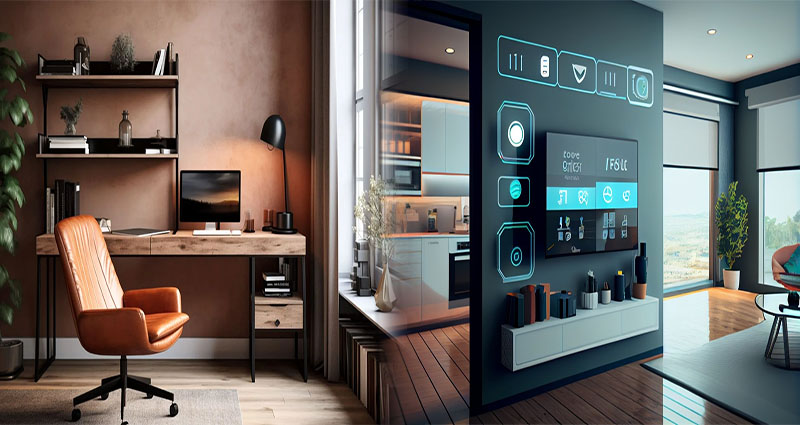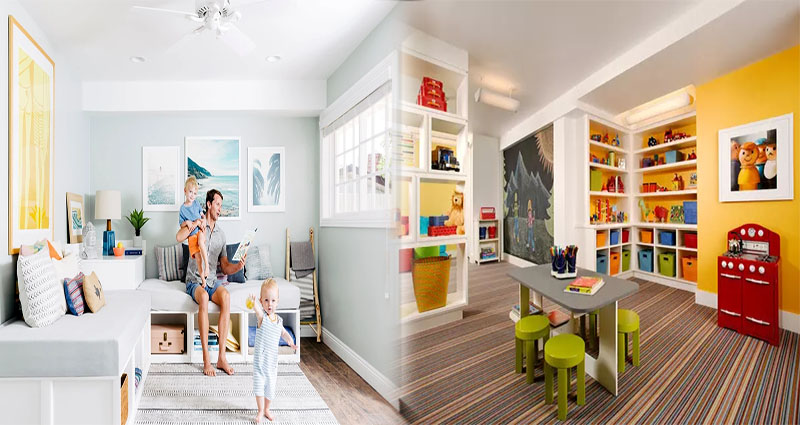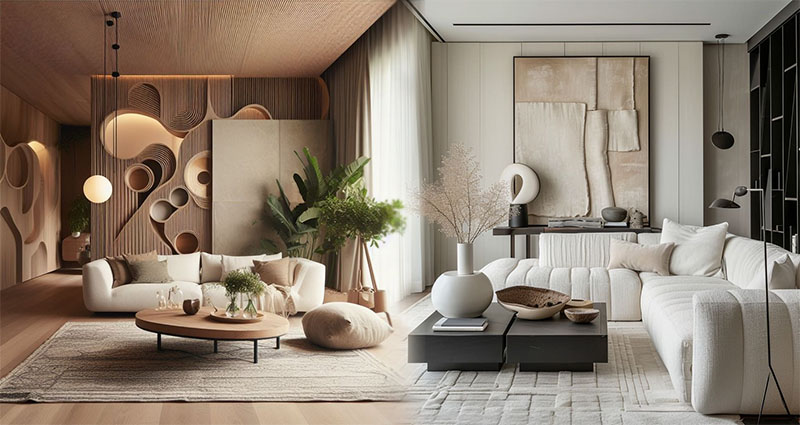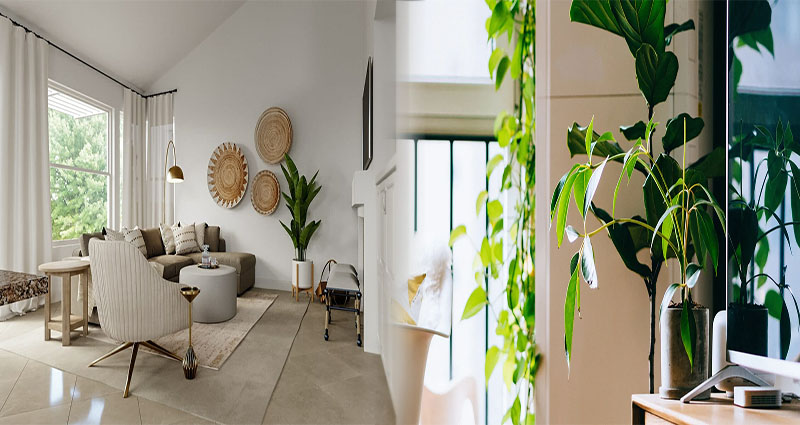Wellness and Luxury in Every Corner
Luxury isn’t just about appearances — it’s about feeling your best every day. Promenade Peak delivers a living experience where wellness and elegance coexist seamlessly. Every aspect of the development, from design to amenities, supports a lifestyle that nurtures body, mind, and spirit. Here, luxury is more than aesthetic — it’s a holistic approach that ensures residents enjoy balance, comfort, and health in every corner of their home.
Design That Prioritizes Wellbeing
Promenade Peak’s architecture is rooted in principles of wellness. Open layouts maximize natural light, cross-ventilation ensures fresh air, and carefully selected materials contribute to a calming atmosphere. The design fosters mental clarity and emotional balance, turning daily living into a restorative experience. Each space encourages mindfulness, allowing residents to move through their homes with ease and purpose.
Interiors That Restore and Inspire
Inside Promenade Peak, luxury is tactile and sensory. Natural textures like wood, stone, and linen create … READ MORE











